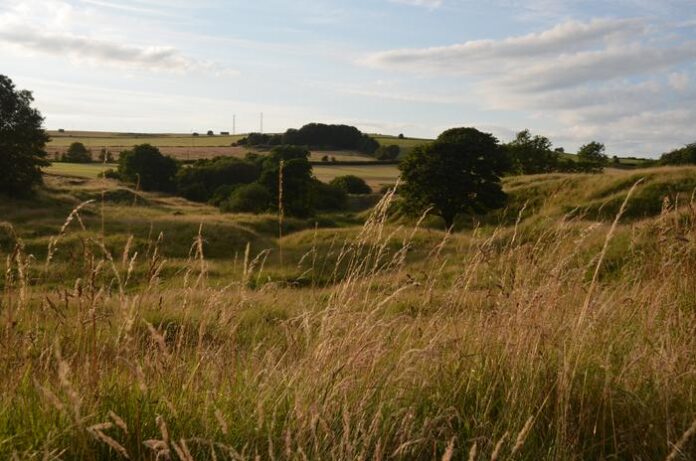It’s perhaps historically appropriate that the word “ironic” contains “iron.” Mining and smelting minerals like iron represented technological highs at the Roman Empire’s peak. But those activities also produced enough lead pollution to impair its citizens’ IQs, according to a new study in PNAS.
“Detailed ice core records of Arctic lead pollution, together with sophisticated atmospheric modeling and modern epidemiology, indicate that human industrial activities were measurably damaging human health more than 2,000 years ago,” says Joe McConnell, a scientist at the Desert Research Institute and lead author of the study.
Learning About Ancient Lead Poisoning
Ice sample on the melter during continuous ice core chemical analyses at the Desert Research Institute (Credit: Sylvain Masclin)
Scholars have debated lead poisoning’s impact on Roman history for decades. Some have even argued that lead poisoning played a role in the downfall of the Roman empire. Most of those arguments have focused on ancient writings and archeology that provide hints about lead’s impact — circumstantial evidence, if you will.
Now a team of researchers has provided hard evidence linking pollution and ancient intellect. They identified the level of pollutants in three ice cores that dated between 500 B.C.E. through 600 C.E. — the era spanning the rise of the Roman Republic through the fall of the Roman Empire. Then they compared those levels with how lead pollution affected the general public during its peak in the 1970s, before it was banned from gasoline.
The lead in the air in Roman times was enough to affect IQs then by about a third as much as in the late 1970s, when the U.S. Clean Air Act went into effect and about twice as much as in the early 2010s, according to the study.
“Elites and non-elites in cities and rural areas alike were affected by the background air pollution — no one could escape the health effects,” says McConnell.
However, there was almost certainly differences in impact depending upon how close people lived near mining and smelting sites. Blood lead levels and other health impacts associated with modern smelting are much greater nearby and drop off almost exponentially the farther away one lives from such a site. The same would have been true during the Roman era, says McConnell.
Read More: The Hierarchy of the 1,200-Year-Long Roman Empire
Tracing Pollution’s Impacts on the Past
Ice in the core barrel while drilling on the Greenland ice sheet (Credit: Joseph McConnell)
To reach this conclusion, the researchers used sophisticated computer modeling to move backward and forward in time. Once they determined lead levels in ice cores matching the years of the Roman empire, they ran their model in what McConnell calls “backward mode” to see how lead pollution likely spread from known Roman mining and smelting sites to areas throughout Europe. Then they ran the model in “forward mode” to see how emissions from those sites yielded the atmospheric concentrations in the ice cores.
Finally, they compared links between modern lead pollution and health outcomes like childhood blood levels and cognitive decline to determine the likely impact lead pollution made during the height of the Roman Empire.
There has been other examples demonstrating just how widespread lead pollution was during that period. For example, scientists have measured it in European peat bogs, lake sediments, and, rarely, in human remains such as tooth enamel.
But those results are piecemeal at best, says McConnell. “No attempt has been made previously to understand and especially quantify the widespread effects of this pollution on the environment and so on human health and history,” he says.
Read More: If Rome Wasn’t Built in a Day, How Long Did It Take?
Article Sources
Our writers at Discovermagazine.com use peer-reviewed studies and high-quality sources for our articles, and our editors review for scientific accuracy and editorial standards. Review the sources used below for this article:
Before joining Discover Magazine, Paul Smaglik spent over 20 years as a science journalist, specializing in U.S. life science policy and global scientific career issues. He began his career in newspapers, but switched to scientific magazines. His work has appeared in publications including Science News, Science, Nature, and Scientific American.
Source : Discovermagazine






